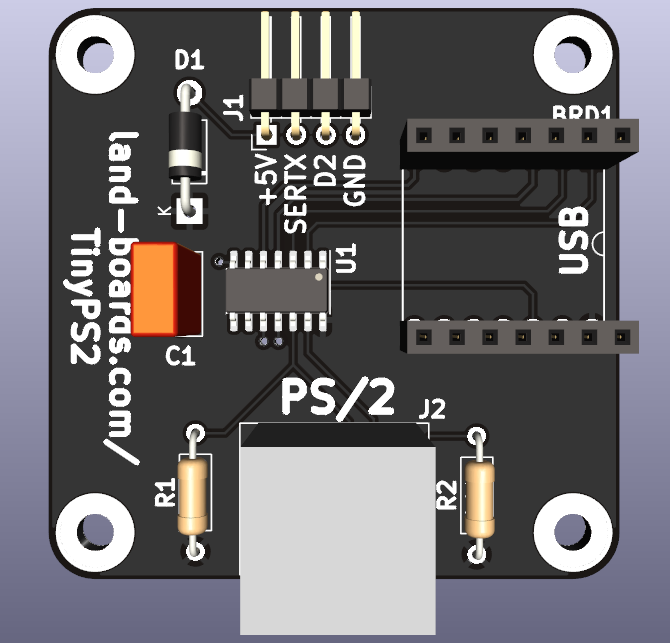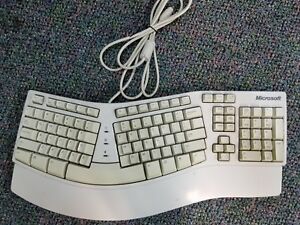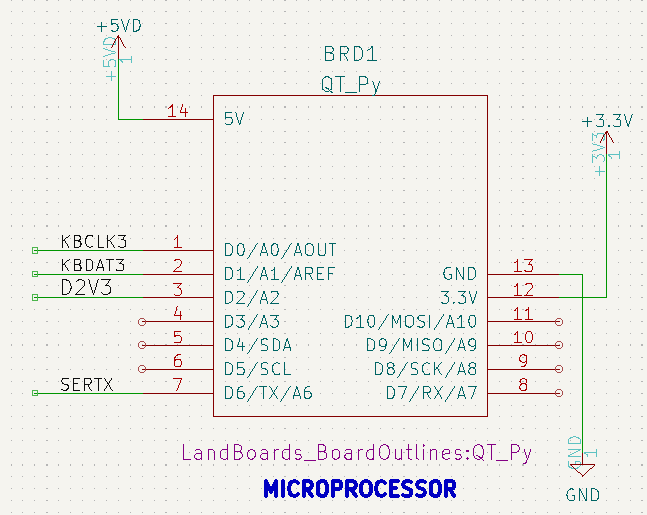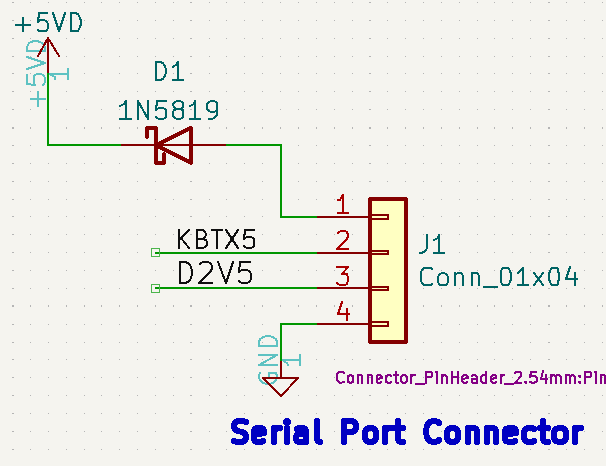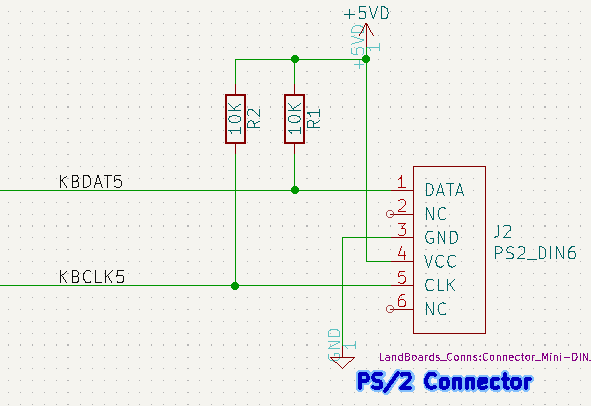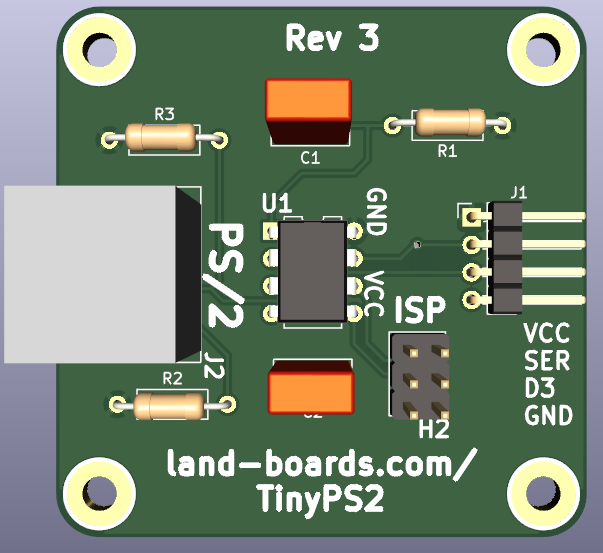Difference between revisions of "TinyPS2"
Jump to navigation
Jump to search
Blwikiadmin (talk | contribs) |
Blwikiadmin (talk | contribs) |
||
| Line 69: | Line 69: | ||
ImportError: no module named 'ps2io' | ImportError: no module named 'ps2io' | ||
</pre> | </pre> | ||
| − | |||
| − | |||
| − | |||
| − | |||
| − | |||
| − | |||
| − | |||
| − | |||
| − | |||
| − | |||
| − | |||
| − | |||
| − | |||
| − | |||
| − | |||
| − | |||
| − | |||
| − | |||
| − | |||
| − | |||
| − | |||
| − | |||
| − | |||
| − | |||
| − | |||
| − | |||
| − | |||
| − | |||
| − | |||
| − | |||
| − | |||
| − | |||
| − | |||
| − | |||
| − | |||
| − | |||
| − | |||
| − | |||
| − | |||
| − | |||
| − | |||
| − | |||
| − | |||
| − | |||
| − | |||
| − | |||
| − | |||
| − | |||
| − | |||
| − | |||
| − | |||
| − | |||
| − | |||
| − | |||
| − | |||
| − | |||
| − | |||
| − | |||
| − | |||
| − | |||
| − | |||
| − | |||
| − | |||
| − | |||
| − | |||
| − | |||
| − | |||
| − | |||
| − | |||
| − | |||
| − | |||
| − | |||
| − | |||
| − | |||
| − | |||
| − | |||
| − | |||
| − | |||
| − | |||
| − | |||
== Schematic == | == Schematic == | ||
Revision as of 09:31, 15 August 2022
See TinyPS2 Revs 1-3 for ATTiny85 based build
Contents
Introduction
It is getting difficult to find ASCII serial keyboards for use in Retro-Computer projects. This card fills that need. The card is a PS/2 keyboard to TTL Level Serial adapter. PS/2 keyboards are still widely available.
Features
- QT Py (RP2040 based)
- Run at 125 MHz
- 2MB of In System Programmable (ISP) flash
- 264KB of SRAM
- 115,200 baud serial
- 57,600-250,000 are build time options
- 49x49mm ODAS form factor
- (4) 4-40 mounting holes
- 3.3V or 5V operation
- Current measurement
- TBD @ 5V (without keyboard)
- TBD @ 5V (including keyboard)
- TBD @ 3.3V (including keyboard)
- Does not require a keyboard that works at 3.3V
CPU Connections
Connectors
J1 - TTL Serial Connector
- VCC (pin nearest to J1 silkscreem)
- SERTX
- N/C
- GND
J2 - PS/2
- Standard PS/2 Mini-DIN-6 connector
Firmware Build Card Rev 4
- Card rev 4 uses a QTPy or XAIO RP2040 CPU
- Arduino Library
- Example code built with warning
WARNING: library PS2KeyAdvanced claims to run on avr, sam, samd1, stm32, esp32 architecture(s) and may be incompatible with your current board which runs on rp2040 architecture(s). Sketch uses 82336 bytes (0%) of program storage space. Maximum is 16777216 bytes. Global variables use 43096 bytes (15%) of dynamic memory, leaving 227240 bytes for local variables. Maximum is 270336 bytes.
- CircuitPython support issues
- PS/2 Library - Not in Pico core modules
>>> import ps2io Traceback (most recent call last): File "<stdin>", line 1, in <module> ImportError: no module named 'ps2io'
Schematic
Issues
Rev 4
- Changed CPU
- Was 8 MHz ATTiny85
- Changed to QT PY or XAIO
- Changed pin usage
- Uses Hardware Transmitter in CPU
- Keyboard runs at 5V
- CPU runs at 3.3VV
- 3.3V to 5V level shifter
Rev 3
- Added D3 to J1 connector
- Change from SMT parts to through hole parts
- Silkscreen cleanups
- Added ISP VCC/GND to silkscreen
- Added silkscreen to J1 pins
Rev 2
- Fixed issues below
Rev 1
- Missing pull-up resistors on PS/2
- Rev 2 - add pull-up resistors
- (There's pullups in the part so this may not be needed)
- Missing C3 cap in sequence
- Rev 2 - change C4 => C3
